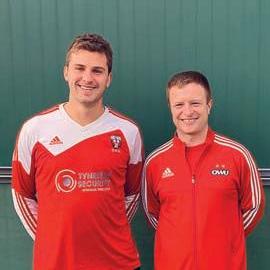19617 RGS ONA Issue 106.qxp_Layout 1 03/10/2019 17:55 Page 36
SURGICAL S I M U L AT I O N In some non-sporting news BEN TALKS (07-14) writes about unusual work experience in Melbourne.
O
ver the summer I spent three months in the Department of Otolaryngology at the University of Melbourne based in the Royal Victorian Eye and Ear Hospital. Behind the hospital lies ‘Bionic Ear Lane’, a reminder of the illustrious past of the department, which invented the cochlear implant and carried out the first human cochlear implant operation in 1978. Cochlear implants (otherwise known as bionic ears) have since revolutionised the management of hearing loss worldwide, with 1,504 implants taking place last year in the UK alone. The department remains a centre of innovation, more recently developing the University of Melbourne Virtual Reality Temporal Bone Simulator as a risk free teaching modality for surgical trainees to learn ear surgery. It is one of five such devices to have been developed worldwide and was the focus of my placement.
Above: 3D printed temporal bone Opposite: Ben working on his surgical skills on the University of Melbourne Temporal Bone Simulator
36
Virtual reality is a computer generated environment that uses a range of sensory stimuli to immerse the user in the experience, including visual, haptic (touch), and auditory cues. It is increasingly being used to prepare employees for a range of jobs from Walmart supermarket assistants, to astronauts, to pilots, to surgeons. The simulator presents a 3D image of a temporal bone (the skull bone in which the delicate structures of the ear are located), which users























